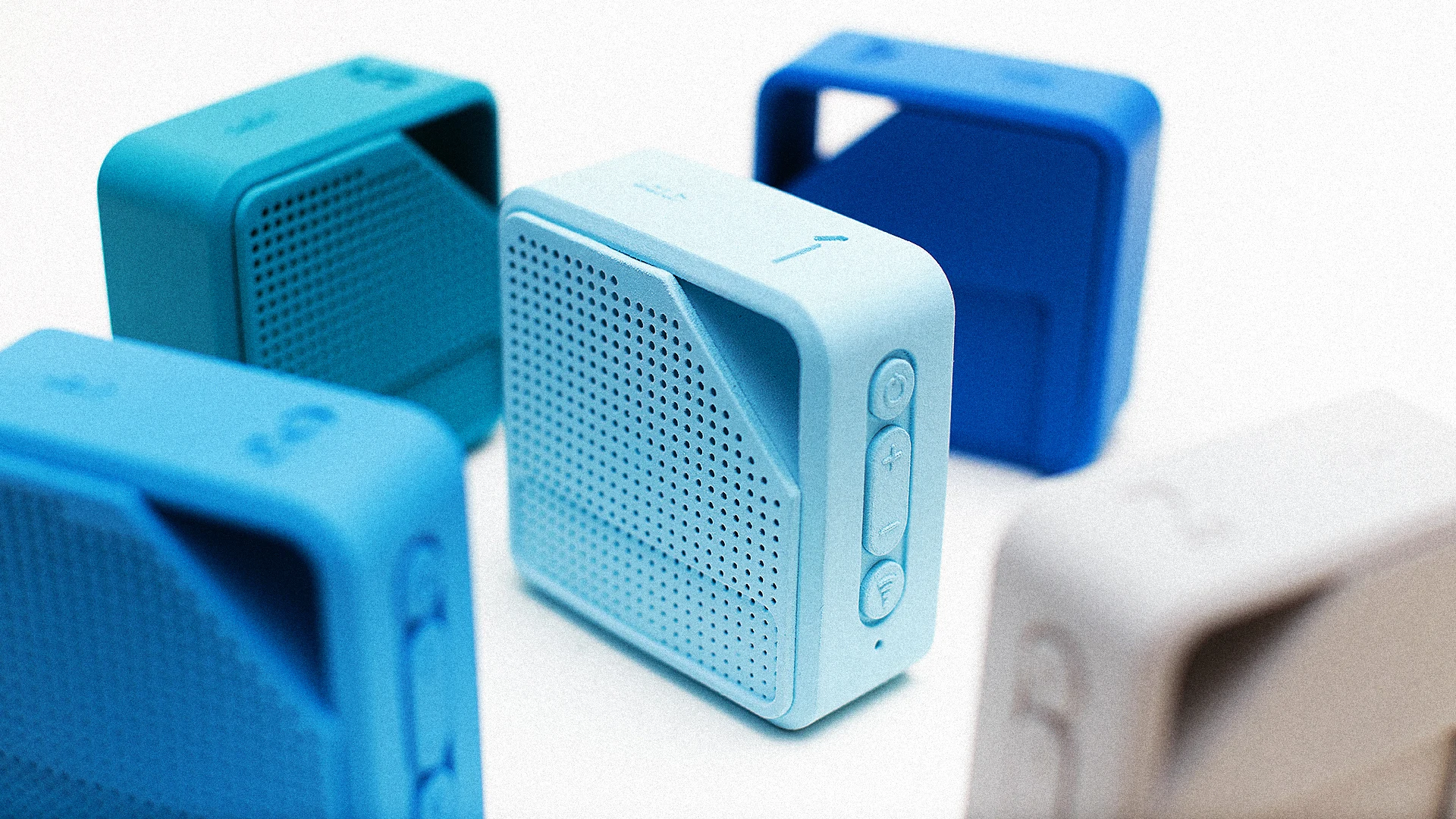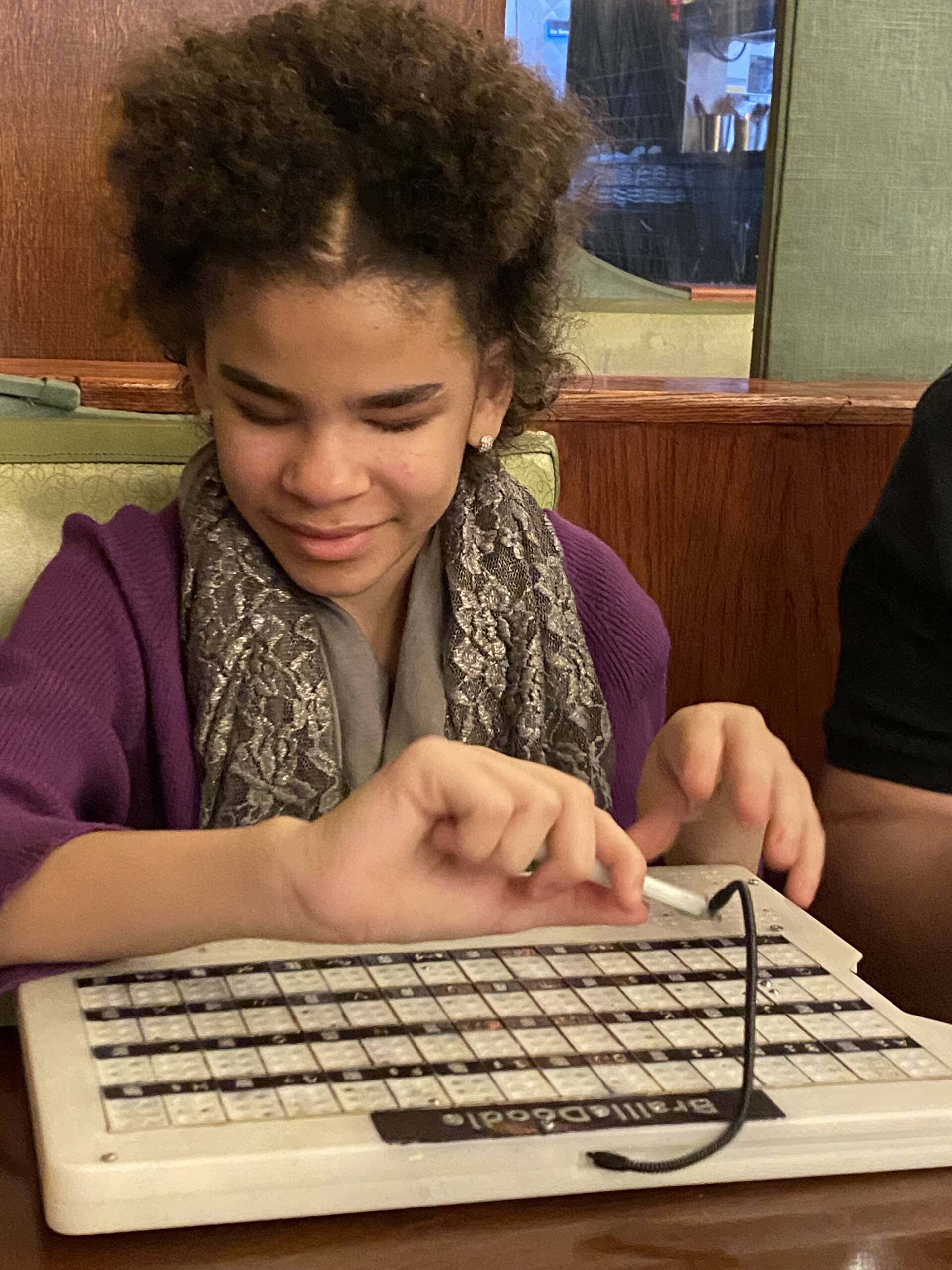Speech-to-Text Devices for Low Vision: Enhancing Ease of Use
Wiki Article
Empowering Freedom With Assistive Technology for the Blind
The combination of assistive technology right into the lives of individuals with visual impairments represents a significant advancement in advertising self-reliance and self-sufficiency. From ingenious screen visitors to sophisticated clever canes, these devices not only boost everyday navigating and communication however likewise encourage users to engage meaningfully in different aspects of life. As we check out the myriad advantages and real-world applications of these technologies, it becomes crucial to examine the underlying factors that add to their performance and the potential for future developments in this crucial area.Overview of Assistive Innovation

The growth of assistive innovation is grounded in concepts of inclusivity and empowerment. Advancements in software program, hardware, and sensory enhancements give individuals with alternatives tailored to their specific needs. From display viewers that convert text to speech, to tactile devices that convey info via touch, these tools transform the method people engage with their environments.
Along with practical applications, assistive innovation fosters higher social addition and involvement in different sectors, consisting of education and learning and work (Screen readers for the blind). As study and growth proceed to advance, the potential for assistive technology to even more improve the lives of visually damaged people remains promising, paving the method for an extra fair society where every person can grow
Kinds Of Assistive Tools
A range of assistive gadgets have actually emerged to support people with aesthetic impairments, each developed to meet details needs and enhance day-to-day functioning. These tools range from low-tech options to modern technologies, offering varied alternatives for users.Low-tech gadgets include magnifiers and large-print materials that aid in analysis and writing. Braille devices, such as Braille styluses and slates, allow responsive reading and interaction. Orientation and movement aids, like white walking sticks, aid individuals browse their atmosphere safely.
On the greater end of the range, digital magnifying systems and screen readers provide significant support. Digital magnifiers permit users to increase the size of text and images on displays, while display viewers convert digital content right into synthesized speech, assisting in accessibility to information on computer systems and smartphones.
Mobile phone applications also play a vital duty, supplying attributes like text recognition and navigating assistance. Wearable innovation, such as smart glasses geared up with increased reality, is arising as an encouraging device to improve situational understanding.
Benefits of Assistive Innovation
The combination of assistive innovation substantially boosts the top quality of life for individuals with visual problems. These modern technologies encourage individuals by advertising independence, allowing them to browse their atmospheres a lot more successfully and perform daily jobs with better simplicity. For example, display viewers and zoom software program permit individuals to gain access to digital info, promoting specialist and instructional opportunities that might have formerly been out of reach.Additionally, assistive devices such as smart walking sticks and check my site GPS applications offer real-time navigating aid, improving flexibility and safety. This enhanced freedom not only improves self-esteem however likewise urges social involvement, allowing customers to take part even more fully in their areas.
Assistive innovation also promotes interaction, aiding customers attach with others via voice recognition and text-to-speech applications. This capacity is vital for keeping relationships and accessing important details.
In addition, the customization alternatives offered with many assistive technologies guarantee that customers can tailor gadgets to their certain needs, even more boosting functionality and efficiency. On the whole, the benefits of assistive innovation for individuals with visual impairments are extensive, advertising an extra inclusive culture where every person can pursue their objectives and ambitions.
Instance Studies and Success Stories
Highlighting the transformative influence of assistive technology, many study highlight just how individuals with visual impairments have actually successfully incorporated these tools right into their day-to-days live. One compelling example entails an university student who used display analysis software to navigate scholastic products and online resources properly. This innovation not only promoted her education but additionally boosted her confidence in joining conversations and group projects.An additional study includes a professional who employs a smartphone application made for navigation and object recognition. By utilizing this app, he has regained autonomy in both his individual and job environments, permitting him to commute independently and engage with coworkers extra properly.
Additionally, a retired person shared her experience with braille e-readers, which enabled her to access a substantial range of literature and stay connected with her area with publication clubs.
These success tales emphasize the important role of assistive modern technology in cultivating independence, improving quality of life, and advertising social combination for individuals with visual problems (Mobility aids for visually impaired users). By accepting these cutting-edge devices, individuals can get over difficulties and seize opportunities that add to their expert and personal fulfillment

Future Fads in Assistive Technology
Innovation in assistive innovation is positioned to redefine the landscape of assistance for people with visual prescription eyeglasses near me disabilities. Arising patterns highlight the assimilation of fabricated intelligence (AI) and device understanding, which improve the functionality of devices that assist with navigating and information access. AI-driven applications are currently capable of analyzing aesthetic data in real-time, enabling users to engage with their environment a lot more separately.Additionally, the development of wearable innovation is advancing rapidly. Smart glasses equipped with enhanced truth (AR) can give audio descriptions of surroundings, changing just how individuals engage with public spaces. These devices not just promote freedom but additionally foster social addition.
Furthermore, the Internet of Things (IoT) is making homes smarter, permitting smooth connection in between daily home appliances and assistive gadgets. This connection encourages customers by enabling voice-activated controls and automated feedbacks customized to private needs.
Verdict
In conclusion, assistive innovation plays an essential duty in navigate here equipping people with aesthetic disabilities by boosting their self-reliance and involvement with their surroundings. The varied variety of devices and applications offered not just assists in navigation and communication however likewise advertises social integration and possibilities for professional and personal development. As advancements continue in this area, the potential for boosting the lifestyle for those with aesthetic disabilities will increase, promoting greater autonomy and empowerment.
Report this wiki page